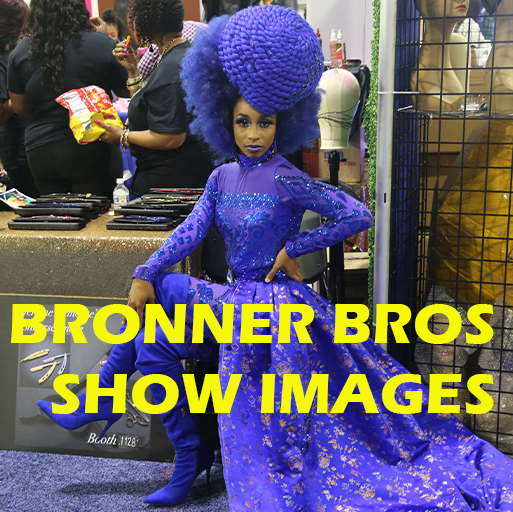SAVE THE DATE
10 days of commemoration will pay homage to the martyrs of the 1921 Tulsa Race Massacre and celebrate the resilience of the Greenwood spirit and the Black Wall Street mentality.
RACIAL RECONCILIATION “BALL DROP”
THE CENTENNIAL COMMEMORATION
CANDLELIGHT VIGIL
Early in the twentieth century, Tulsa’s African American community, the “Greenwood District,” crafted a nationally-renowned entrepreneurial center. De jure segregation confined African American dollars within this enclave. The resultant economic detour—the diversion of black dollars away from the off-limits white commercial sector—morphed the thirty-five-square-block area into “Black Wall Street,” a dynamic business hub rife with risk-takers and deal makers.
A talented cadre of African American businesspersons and entrepreneurs plied their trades.
Simon Berry masterminded a nickel-a-ride jitney service, a bus line, a boutique hotel, and a charter plane service.
Dr. A.C. Jackson, a physician christened the most able Negro surgeon in America by the Mayo brothers, transcended the color line, servicing both white and “Colored” patients.
John and Loula Williams launched multiple ventures: a theatre, a confectionery, a rooming house, and a garage.
Mabel B. Little established a popular beauty salon.
E.W. Woods, the first principal of the all-black Booker T. Washington High School (1913), earned a reputation as “the quintessential Tulsan” for his preeminent leadership in the realm of public education.
These and other Greenwood District architects parlayed Tulsa’s Jim Crow regime into an economic advantage. They seized the opportunity to devise a closed market system that defied the myth of African American mediocrity.
Greenwood Avenue, the nerve center of the Greenwood District, flourished, drawing favorable comparisons to such celebrated thoroughfares as Beale Street in Memphis and State Street in Chicago.
Over time, fear and jealousy swelled within the white community. African American success, including home, business, and land ownership, precipitated increasing consternation and friction.
African American World War I veterans, having tasted freedom on foreign soil, returned to America with heightened, but all-too-soon-dashed, expectations. Racial oppression continued unabated. “Race riots,” lynchings, and other atrocities proliferated, unchecked by the justice system and without regard to veteran status.
A chance encounter between two teenagers lit the fuse that set Greenwood District alight. The alleged assault on a white girl, Sarah Page, by an African American boy, Dick Rowland, triggered unprecedented civil unrest. Propelled by sensational reporting by The Tulsa Tribune, resentment over black economic success, and a racially hostile climate in general, mob rule held sway.

Authorities arrested Rowland and held him in a jail cell atop the courthouse. A burgeoning white mob threatened to lynch him.
African American men vowed to protect Rowland. They marched to the courthouse on two separate occasions.
The groups exchanged words. Scuffles ensued. A gun discharged. Soon, thousands of weapon-wielding white men, some of them deputized by local law enforcement, invaded the Greenwood District.
In fewer than twenty-four hours, people, property, hopes, and dreams vanished. Fires raged. Mobs prevented firefighters from extinguishing the flames.
Property damage ran into the millions. Hundreds of people died. Scores lay injured. Some African Americans fled Tulsa, never to return.
Dubbed the 1921 Tulsa Race Riot (the “Riot”), this man-made calamity could more accurately be labeled an assault, a disaster, a massacre, a pogrom, a holocaust, or any number of other ghastly descriptors. This, America’s worst “race riot,” would remain a taboo topic for decades.
Against great odds, the Greenwood District pioneers rebuilt the community from the ashes.
In 1925, the area hosted the annual conference of Booker T. Washington’s National Negro Business League. By 1942, more than 200 black-owned businesses called the Greenwood District home.
In subsequent decades, integration, urban renewal, and economic changes sparked a prodigious decline in the Greenwood District. Despite this recession, Tulsa’s African Americans held fast to hope. Preservation, restoration, and reconciliation became community watchwords. Healing history took center stage.
Buoyed by its powerful past, the Greenwood District still lives. No longer a black entrepreneurial mecca, its new incarnation is that of a business, educational, recreational, cultural, and entertainment hub.
Today…
The 1921 Tulsa Race Riot Centennial Commission (the “Commission”), spearheaded by Oklahoma Senator Kevin Matthews, reflects bi partisan representation from all levels of government and all sectors of the City of Tulsa. We hope to serve as a model for the city, state, and nation by demonstrating unity across racial, religious, and political boundaries and proving that differences create opportunities to learn, build, and work with one another.
The Greenwood District trailblazers turned trials, tribulations, and tragedy into a triumph of the human spirit. Their legacy endures.
Visit Tulsa. While here, visit Tulsa’s Historic Greenwood District. Experience history too long untold.
Who is Hannibal B. Johnson?
Hannibal B. Johnson, a Harvard Law School graduate, is an author, attorney, consultant, and college professor. He teaches at Oklahoma State University and the University of Oklahoma and has taught at the University of Tulsa College of Law.













